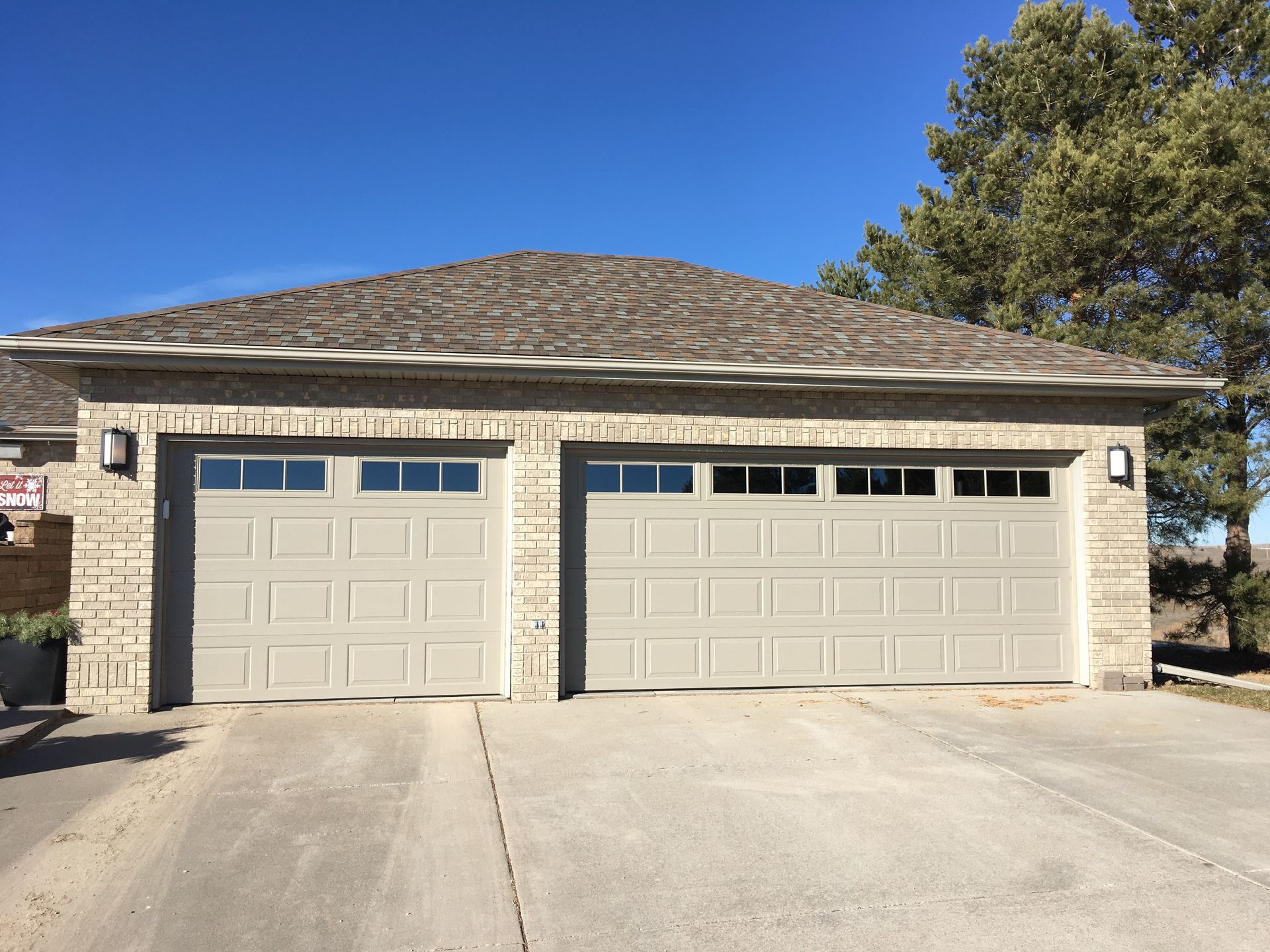Your roof’s color isn’t just an aesthetic choice—it can directly impact your home’s energy efficiency and comfort. Let’s explore the science behind roof colors and help you decide the best option for your climate.
The Science of Roof Color and Heat Absorption
Roof color has a direct impact on how much heat your roof absorbs. Darker colors, like black, trap heat, warming your home, while lighter roofs, like white, reflect sunlight and help maintain a cooler indoor temperature.
Climate Considerations: When to Go Light or Dark
The best roof color for your home depends on your local climate conditions:
- Tropical Climates: Opt for white or lighter roofs to reflect heat, lower indoor temperatures, and save on cooling costs.
- Chilly Climates: For colder climates, darker roofs are better because they absorb heat, helping to maintain warmth inside and lower heating costs.
- Temperate Climates: In regions with moderate climates, you may opt for neutral or slightly darker tones, depending on your home’s insulation and energy efficiency requirements.
The Role of Roof Colors in the Urban Heat Island Effect
White roofs can help mitigate the urban heat island effect, a phenomenon where urban areas become significantly warmer due to dark roofs and pavement. By reflecting sunlight, white roofs cool down cities and reduce energy consumption.
Weathercraft’s Tips for Choosing the Right Roof Color
To help you choose the perfect roof color, keep these tips in mind:
- Climate Suitability: Keep your local climate in mind when choosing a roof color.
- Roof Material Compatibility: Make sure your roofing material works well with the color you choose.
- Visual Appeal: Complement your home’s exterior for a cohesive look.
- Cost-Effectiveness: Balance upfront costs with energy savings over time.
At Weathercraft, we guide homeowners in choosing the ideal roof color and material to suit their needs and budgets.
